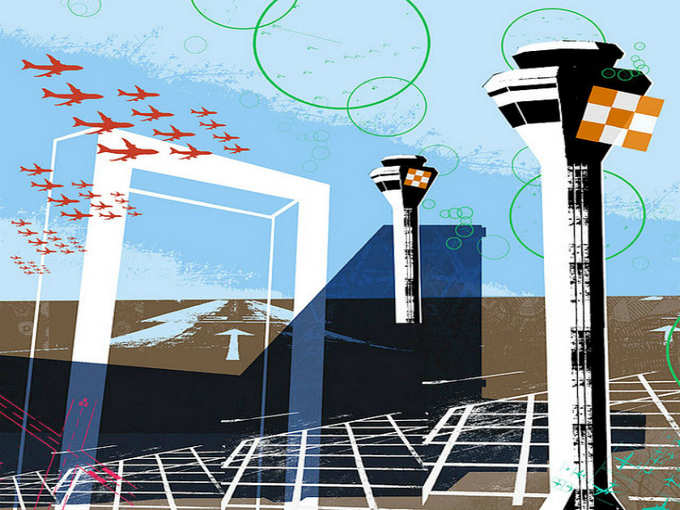
All is not going well for the Indian aviation sector. It has seen reasonable growth in 2015, thanks to the GDP growth, and growing passenger and cargo numbers, but there are long pending issues biting at the legs of this loss-making industry. Here’s a list:
· ATF cost: ATF or Aviation turbine Fuel basically means the fuel aircrafts run on. It’s shocking to note 50% of the running costs of
· Maintenance cost: Experts admit that high taxes on Maintenance Repair and Overhaul (MRO) force airlines to fly empty planes abroad to Sri Lanka, Middle East and South East Asia. This causes significant losses, both to the airlines and to India’s image in the airlines business.
· Fee subsidies for remote locations: All airlines are supposed to deploy around 10% of their capacity to remote routes like J&K and the two island territories. The industry wants these to be subsidized. They claim that a loss making sector like airlines cannot be forced to fly half-empty planes to these locations. Add to that the uninspiring high parking charges and 20% tax on private jets and helicopters, and you know why private companies avert rural airports.
Any key advice to airline companies to survive through these tough times? “Given the low flyer base in India and the government apathy towards the aviation industry, domestic carriers need to be very cautious about their cost structure. This includes fleet size, route network, aircraft leases, engineering and manpower”, says Amber Dubey, Partner and India Head of Aerospace and Defence, KPMG India.
(Image credit: Chris Keegan)
